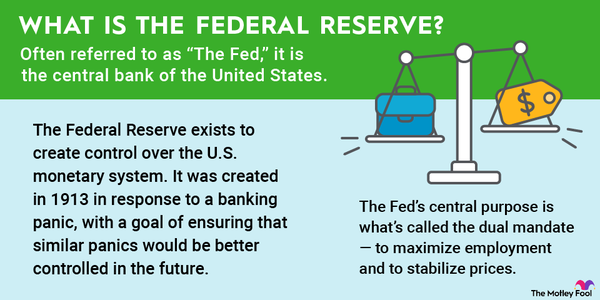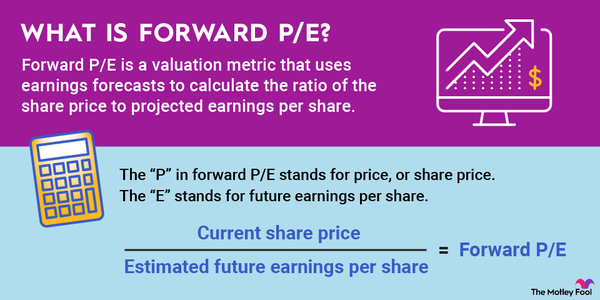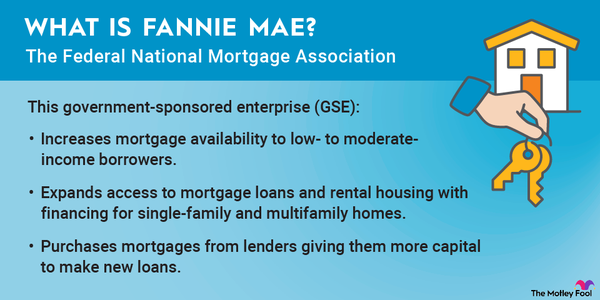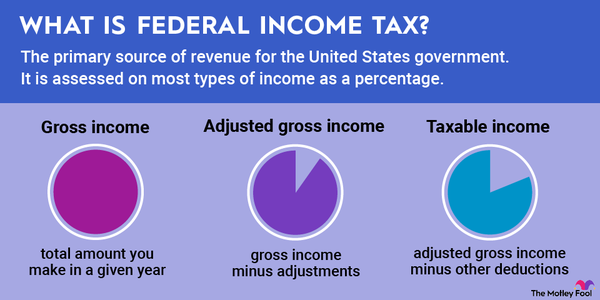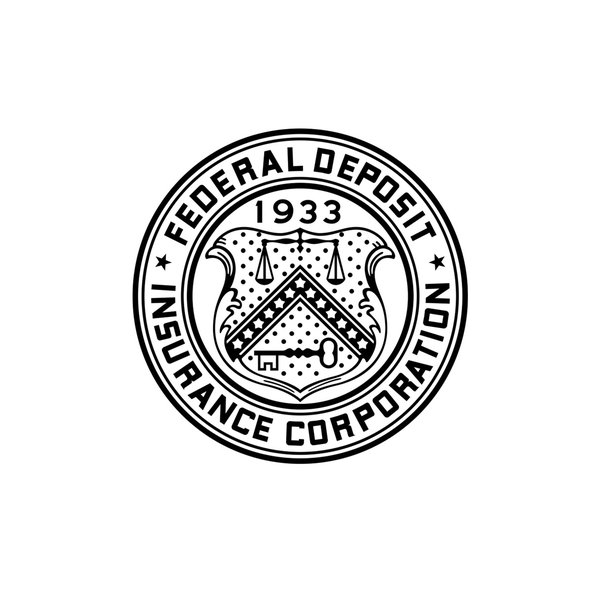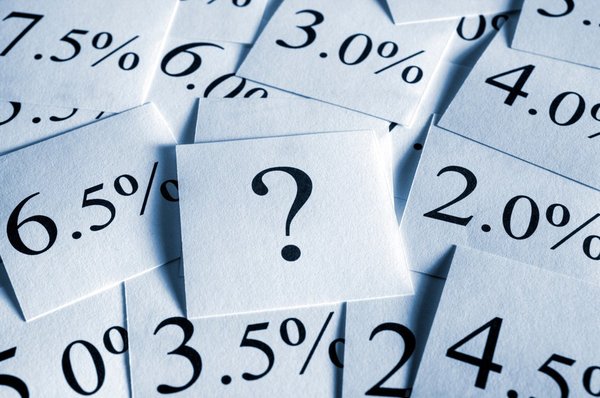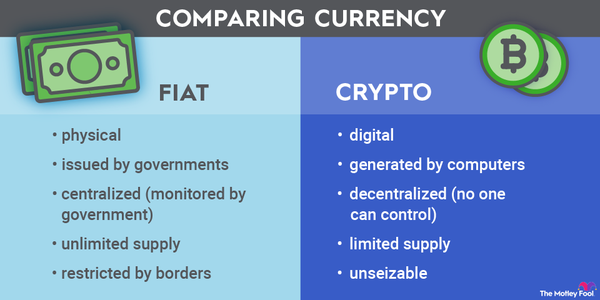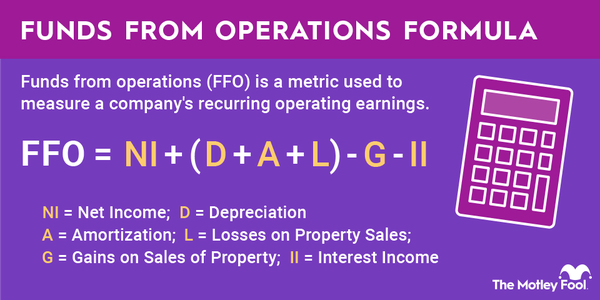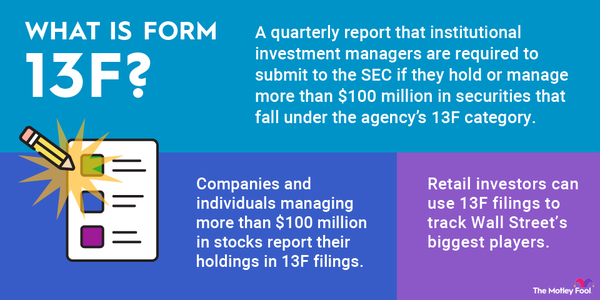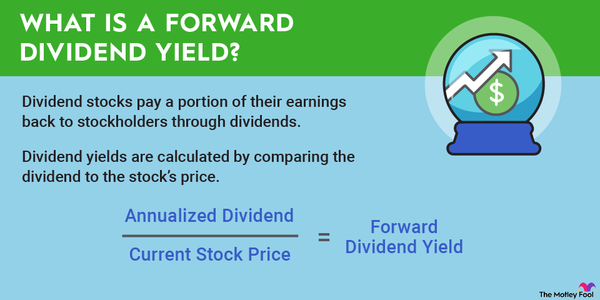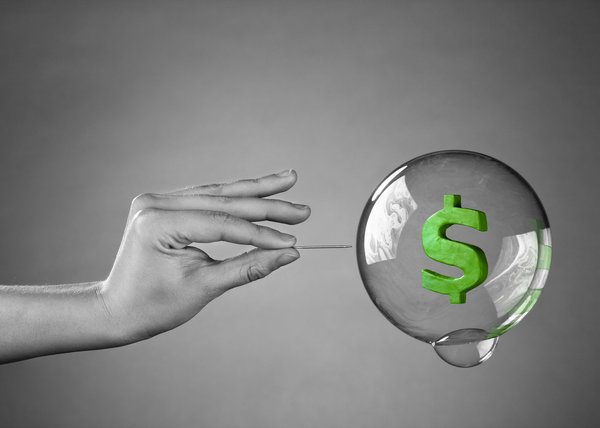Your favorite influencer says all the girls are wearing sequin tops this season, so you run down to H&M (HNNMY -1.45%) and pick up a $10 sparkly camisole. Guess what? You just stepped into the world of fast fashion.

What is fast fashion?
What is fast fashion?
Fast fashion is a retail business model that capitalizes on runway and celebrity apparel trends. Fast fashion retailers design and distribute cheap garments that mimic higher-end, of-the-moment styles.
Getting current styles on store shelves before they're yesterday's news is no small feat. Retailers rely on an efficient supply chain that can move designs from concept to physical product very quickly; hence, the fast label.
The New York Times gets credit for coining the term fast fashion, thanks to a 1989 story about apparel retailer Zara. Zara is owned by Spanish company Industrio de Diseno Textil SA (OTCM:IDEXF). Back then, Zara could get an idea onto store shelves in 15 days. Zara was also swapping out its inventory every three weeks to ensure its customers always had access to the latest styles.
Zara was an early adopter of the fast fashion model, but many other retailers around the world have followed suit. H&M, Old Navy, and Forever 21 are popular fast fashion chains in the U.S. Online players include ASOS (OTCM:ASOMY), SHEIN, Lulu's, and NastyGal.
Pros and cons
Pros and cons of fast fashion
Fast fashion is affordable and convenient for style-minded consumers. The massive inventory of trendy and budget-friendly garments makes it possible for anyone to dress like an A-lister. And, when those trendy pieces are out of style the next season, shoppers can easily replace them with more current options.
Unfortunately, democratizing style has some serious trade-offs, including:
- Disposable consumerism. Fast fashion enables and encourages a wear-once, disposable mentality.
- Environmental damage. An analysis from International Union for Conservation of Nature concludes that 35% of microplastics found in the ocean come from washing clothes made of synthetic materials. Fast fashion manufacturers rely heavily on synthetics like polyester and rayon.
- Excessive landfill waste. According to the 2015 documentary The True Cost, the average American throws out 82 pounds of textile waste annually. Those old garments can sit in landfills for up to 200 years.
- Energy inefficiency. The fashion industry produces more carbon emissions than international flights and overseas shipping combined.
- Labor abuses. The U.S. Department of Labor reports that garments, footwear, and fashion accessories are commonly linked to labor violations.
ESG Rating
Sustainability in fast fashion
Sustainability in fast fashion
There is a growing movement to encourage the fashion industry to be less toxic to the environment. Some fast fashion retailers have heard the call and responded, with sustainable collections and/or environmental initiatives. Examples include:
- H&M launched a sustainable line in 2010, in response to consumer demand.
- Zara launched a sustainable collection in 2016. In 2019, Zara's parent company announced it would shift to using only organic, sustainable, or recycled materials by 2025. And by the same year, the company plans on powering 80% of its operations with renewable resources.
- ASOS has committed to net-zero emissions across its value chain by 2030.
Consumers have a role to play here, too. As more shoppers choose not to buy cheap, disposable clothes, apparel retailers and manufacturers will have to adjust.
That behavioral shift isn't necessarily more expensive for shoppers. In the long run, it can cost less to buy fewer, long-lasting garments than purchasing more garments that are worn only once or twice. Shopping secondhand and subscribing to clothing rental services are other cost-effective strategies for avoiding fast fashion.
Changing consumer preferences
Old Navy and changing consumer preferences
Gap's (NYSE:GPS) fast fashion brand Old Navy opened its first store in 1994. Within four years, Old Navy had reached $1 billion in annual sales. Revenue then surpassed $6 billion in fiscal year 2012 and $7 billion five years after that. The brand was the clear star in Gap's portfolio.
In 2019, Gap announced it would spin off Old Navy into a separate publicly traded company. The goal was to let Old Navy keep growing, without the burden of Gap's other, weaker brands. However, that spin-off never happened. Old Navy's sales growth suddenly reversed, and Gap scrapped the plan less than a year later.
For Old Navy, the timing was all wrong. It was a tough year for fast fashion. The environmental effects of throwaway clothes were becoming more widely publicized, and shoppers began turning away from the cheap, trendy styles. Fast retailers Forever 21, Charlotte Russe, and Payless Shoesource filed for bankruptcy. That's also the year Zara went on the defensive by announcing major sustainability initiatives.
The tough times continued in 2020, as the pandemic temporarily shuttered stores around the world.
Still, Old Navy -- and the entire fast fashion industry -- aren't down and out. Old Navy's global sales have since returned, reaching more than $9 billion in fiscal year 2021. And a report by Verified Market Research predicts global sales in fast fashion will increase at a compound annual growth rate (CAGR) of 10.13% from 2023 to 2030 .
So, shoppers will still buy cheap clothes. And brands will still produce them, possibly with an eye on adopting more sustainable business practices going forward.









